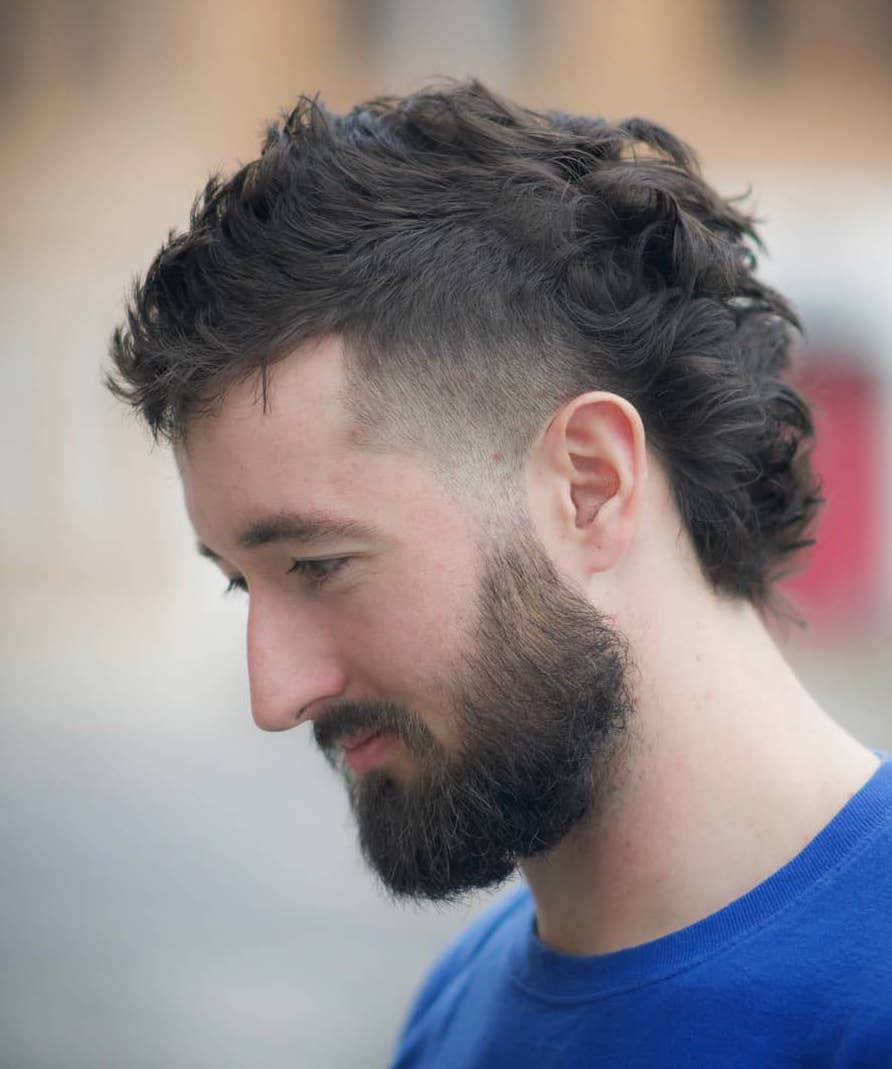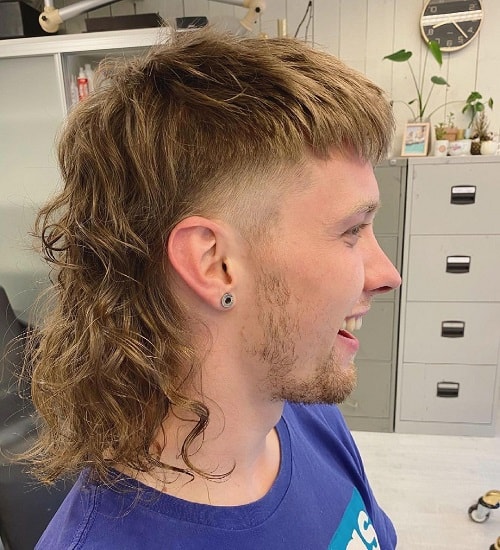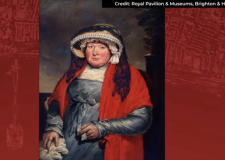The Rise of Mullets
The mullet is many things; the world’s ugliest hairstyle, a cut inseparable from eighties Billy Ray Cyrus and Tiger King’s Joe Exotic, a trend to some, a lifestyle to others. But above all, it’s controversial. Why then, are more people than ever getting the shaggy chop?
If, when you last saw a mullet in person, you wiped it from your mind in an act of self-preservation, I’ll do you the favour of describing it. Featuring a trimmed top and sides, the mullet immediately deceives you into a false sense of familiarity. ‘Of course!’, you might think, ‘This is a short back and sides. The average Joe of men’s’ hair styling. I have seen this haircut a thousand times in my life. I am on safe ground.’
But what’s this! The aforementioned man turns around, revealing a waterfall of cascading locks. Shock and horror ensue.
While this might be a slightly dramatized description, it’s not far from how many feel about the mullet. One of its first records is a snarky description by Byzantine scholar Procopius, who complains of the ‘hunnic’ cut adopted by some young men.

The mullet had its moments in the 1960s, Tom Jones sporting it during a 1965 performance, and certainly lefts its mark in the Rockstar scene of the 1970s, David Bowie and Paul McCartney being just two examples.
Until now, the 1980’s was the unquestioned dominion of the mullet, littering the streets, magazine pages and music videos of the decade. It fell out of fashion when everyone communally decided it looked as though the wearer had a small ferret attached to the nape of their neck, and since, all the mullet has seen is the occasional celebrity chop and ensuing tabloid abuse.
Something, however, has changed in 2021. When Miley Cyrus got the cut, some thought it a fluke. Then Crystal Methyd of RuPaul’s Drag Race joined the ranks, closely followed by Barbie Ferreira of the hit teen show Euphoria. Within a few months, teenagers across the country took up the sheers. In 2021, #mullet received 4.1 billion views on Tik-Tok, and the term ‘mullet’ reached its peak popularity according to google trends. What’s changed?

For one, the look. Unlike the blocky mullets of the 80s, these mullets revel in their shagginess, something evident in their equally popular cousin – the shag cut. These styles gained popularity during lockdown, leaving many to theorise that the inability to get to a hairdresser is what helped them gain traction. The monotony of last year also doubtlessly increased the appeal of a bold change.
The queer connotations of the cut are also part of the appeal. Lesbians in the eighties adopted the cut to differentiate themselves and their sexuality, and the same reasoning applies today. Both long and short, kempt and messy, the mullet is both masculine and feminine in one gender-defying hairstyle.
Ultimately, it’s the mullet’s controversy that makes it cool. Irony has been in vogue since the reign of the hipsters in 2010s, and in braving the Marmite trim, the wearer of the mullet meets the world with the confidence of someone who knows it’s ugly, and frankly, doesn’t care.
Words by Kate Bowie






















